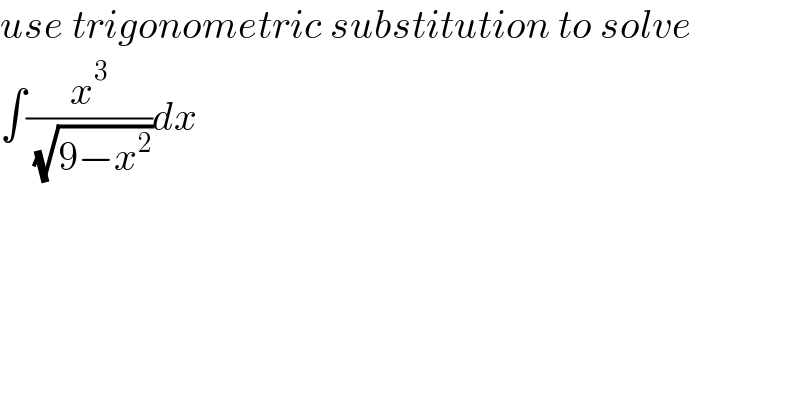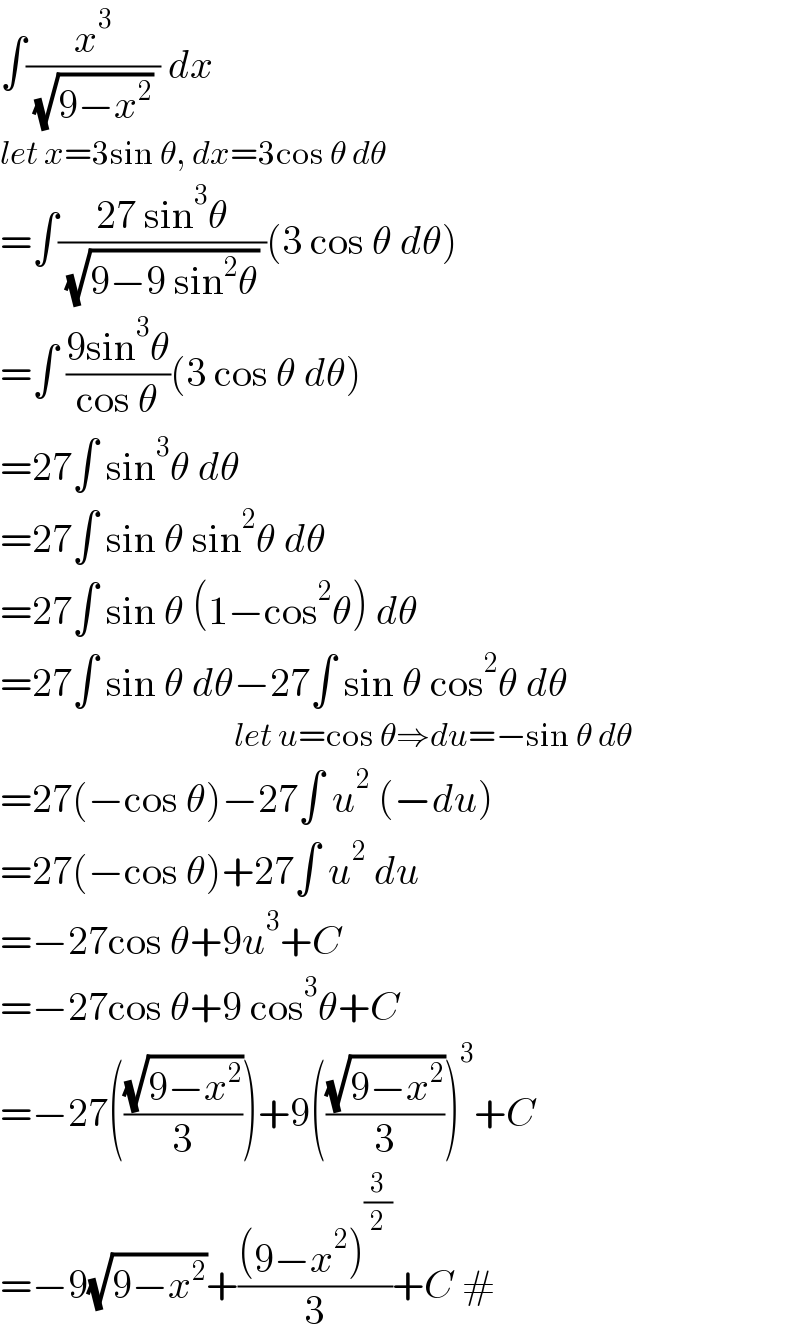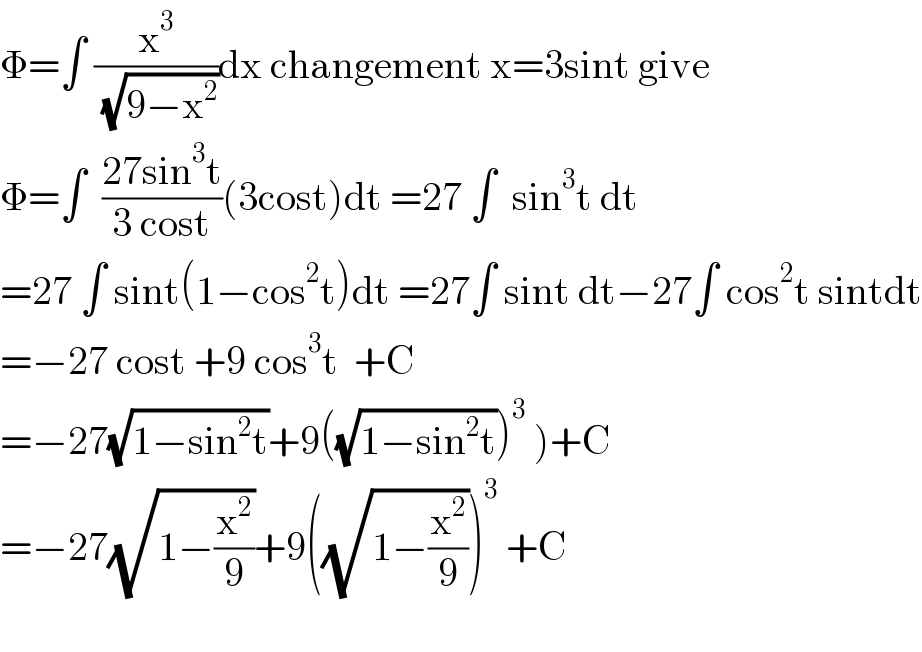
Question and Answers Forum
Question Number 142116 by Eric002 last updated on 26/May/21

Answered by ZiYangLee last updated on 27/May/21

Answered by mathmax by abdo last updated on 27/May/21

| ||
Question and Answers Forum | ||
Question Number 142116 by Eric002 last updated on 26/May/21 | ||
 | ||
Answered by ZiYangLee last updated on 27/May/21 | ||
 | ||
| ||
Answered by mathmax by abdo last updated on 27/May/21 | ||
 | ||
| ||